|
-
30th April 08, 12:34 PM
#1
-
-
30th April 08, 12:55 PM
#2
Oh yay! Another photo tour from you  Thanks so much for sharing, these are WONDERFUL! Thanks so much for sharing, these are WONDERFUL!
It looked like such a nice hike... I love the stone house and the shepherd's cottage. Very cool 
-
-
30th April 08, 03:03 PM
#3
I thought it might still have a train service from that first photo!  ( (
So many places that had the word "junction" in them are now either close or the line that they were the junction for are.
When I was at St Andrews, the station was still called "Leuchars Junction", even though the line to St Andrews had been closed some time before but that romantic reference to yesteryear has been dropped so it's now called simply Leuchars.
[B][COLOR="Red"][SIZE="1"]Reverend Earl Trefor the Sublunary of Kesslington under Ox, Venerable Lord Trefor the Unhyphenated of Much Bottom, Sir Trefor the Corpulent of Leighton in the Bucket, Viscount Mcclef the Portable of Kirkby Overblow.
Cymru, Yr Alban, Iwerddon, Cernyw, Ynys Manau a Lydaw am byth! Yng Nghiltiau Ynghyd!
(Wales, Scotland, Ireland, Cornwall, Isle of Man and Brittany forever - united in the Kilts!)[/SIZE][/COLOR][/B]
-
-
30th April 08, 03:06 PM
#4
That's some tan you've got there!
Looks like you had a good wee trip to the Bothy. Thanks for the pics.
-
-
30th April 08, 04:07 PM
#5
Wonderful shots as always Alex, looks like a nice hike.
-
-
30th April 08, 06:50 PM
#6
another great photo tour!
-
-
30th April 08, 11:32 PM
#7
Interesting, thanks for the descriptions.
I tried to ask my inner curmudgeon before posting, but he sprayed me with the garden hose…
Yes, I have squirrels in my brain…
-
-
Thanks Alex for the super pictures.
-
-
Alex,
Next time I"m in Scotland we're going to have to have a Kilt Walk somewhere in those lovely hills in the afternoon before P1M's pub crawl in the evening. I really don't know that I can think of a better way to spend a day.
Thanks for the tour.

Dee
Ferret ad astra virtus
-
Tags for this Thread
 Posting Permissions
Posting Permissions
- You may not post new threads
- You may not post replies
- You may not post attachments
- You may not edit your posts
-
Forum Rules
|
|








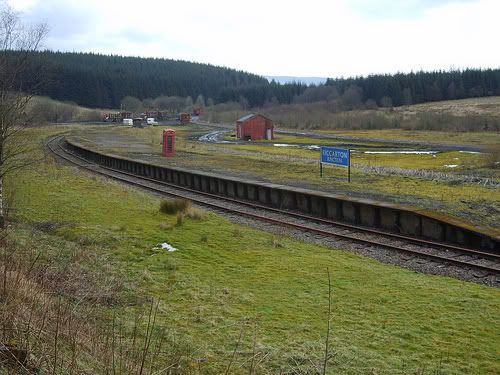
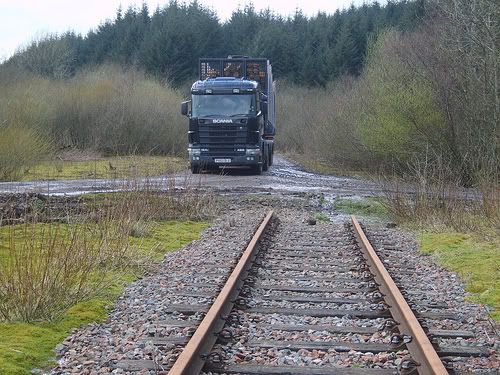

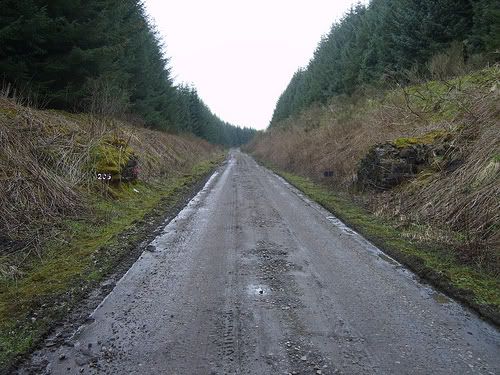
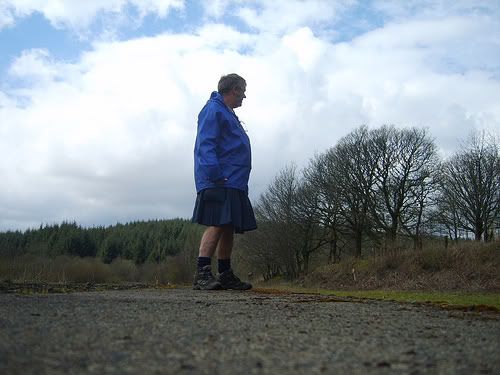



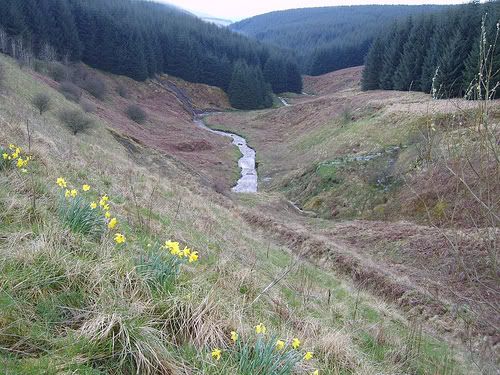
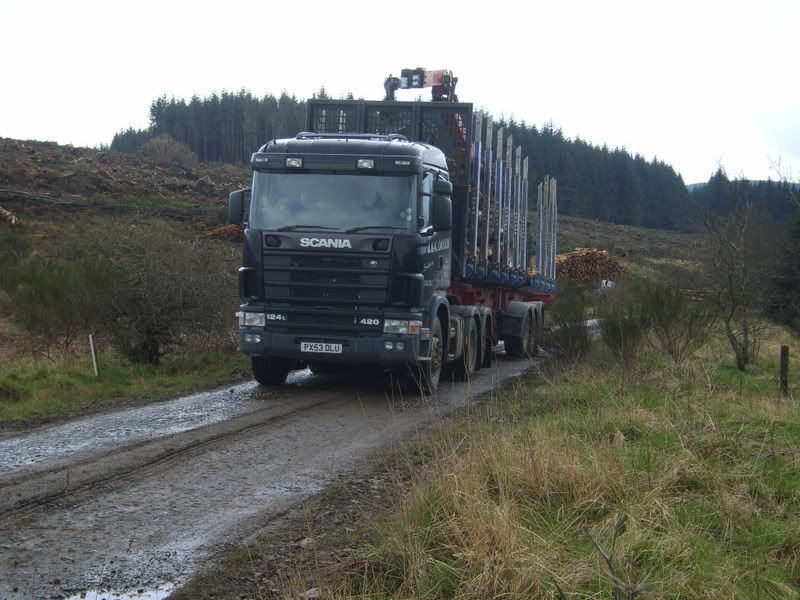



















Bookmarks